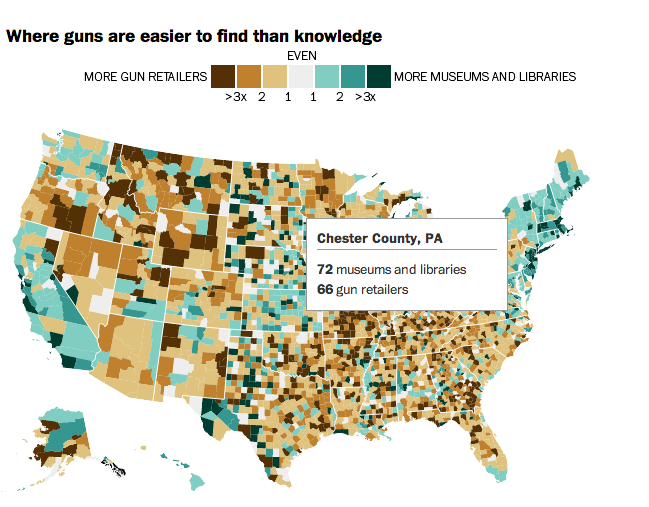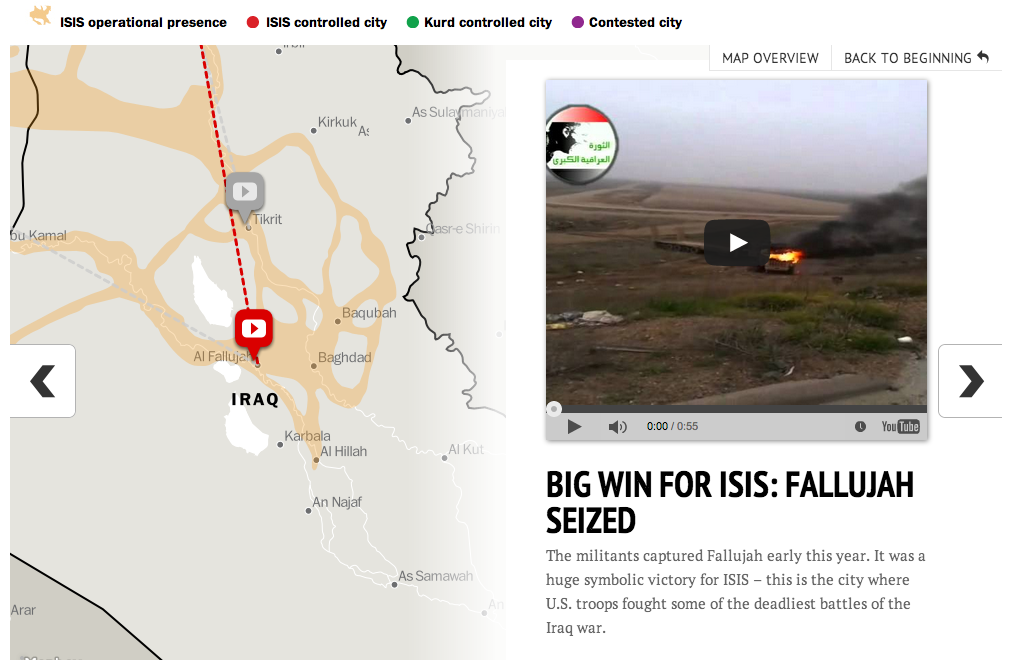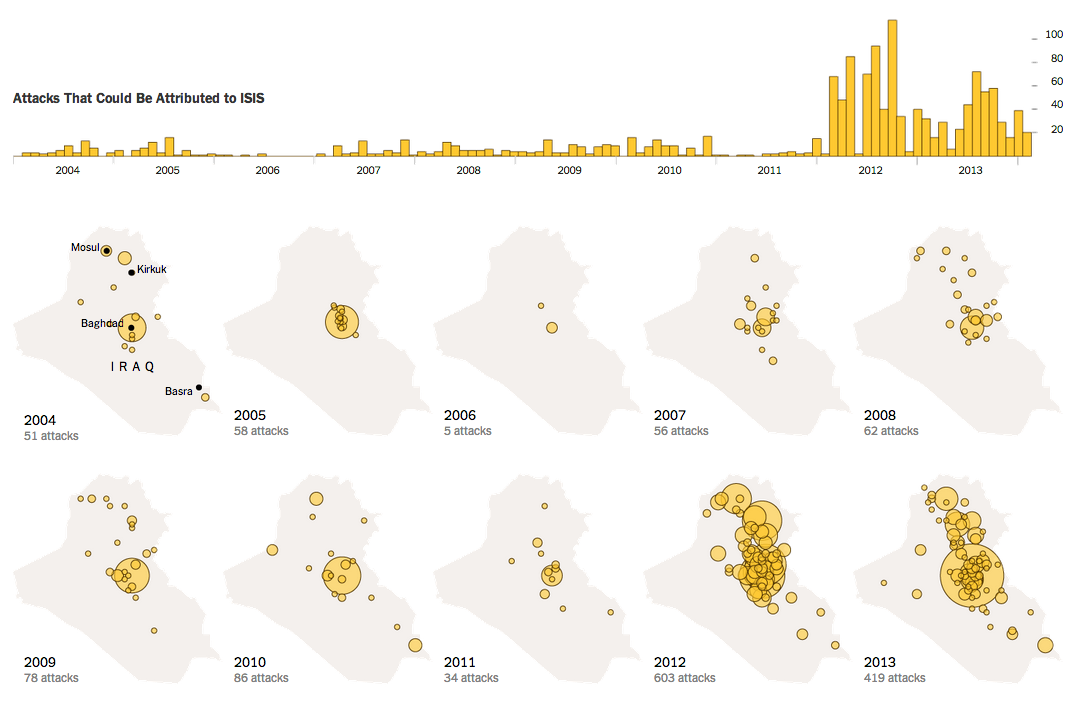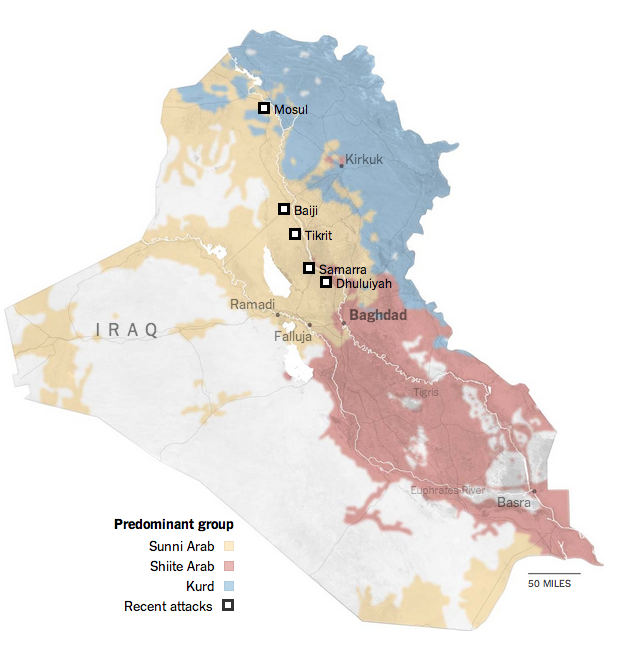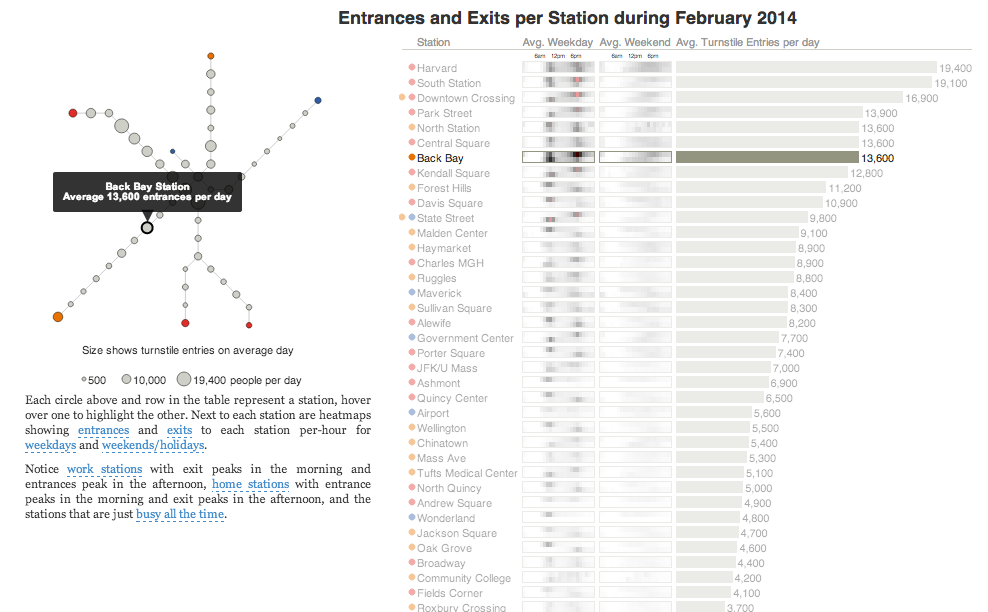Today’s piece is far from ground-breaking or even complex. Friday, the Wall Street Journal published this map to supplement an article about the unilateral ceasefire declared by President Poroshenko in Ukraine. The map highlights the areas effectively controlled by the rebels, the most important the unsecured border. Of course this is just a map as stated by Kiev, the reality on the ground might be different. Regardless, it is the first map I have seen that has actually tried to demarcate the territory actually under control rather than claimed.

Credit for the piece goes to the Wall Street Journal’s graphics department.


